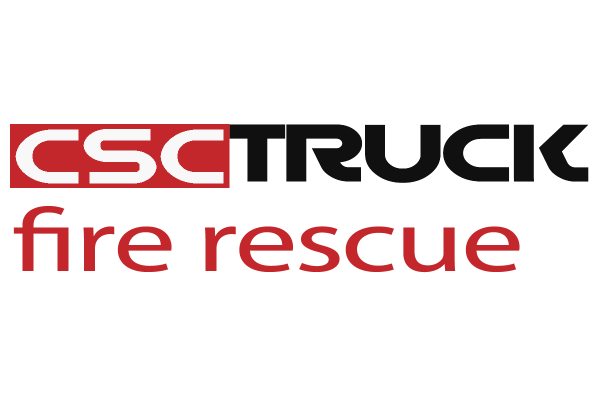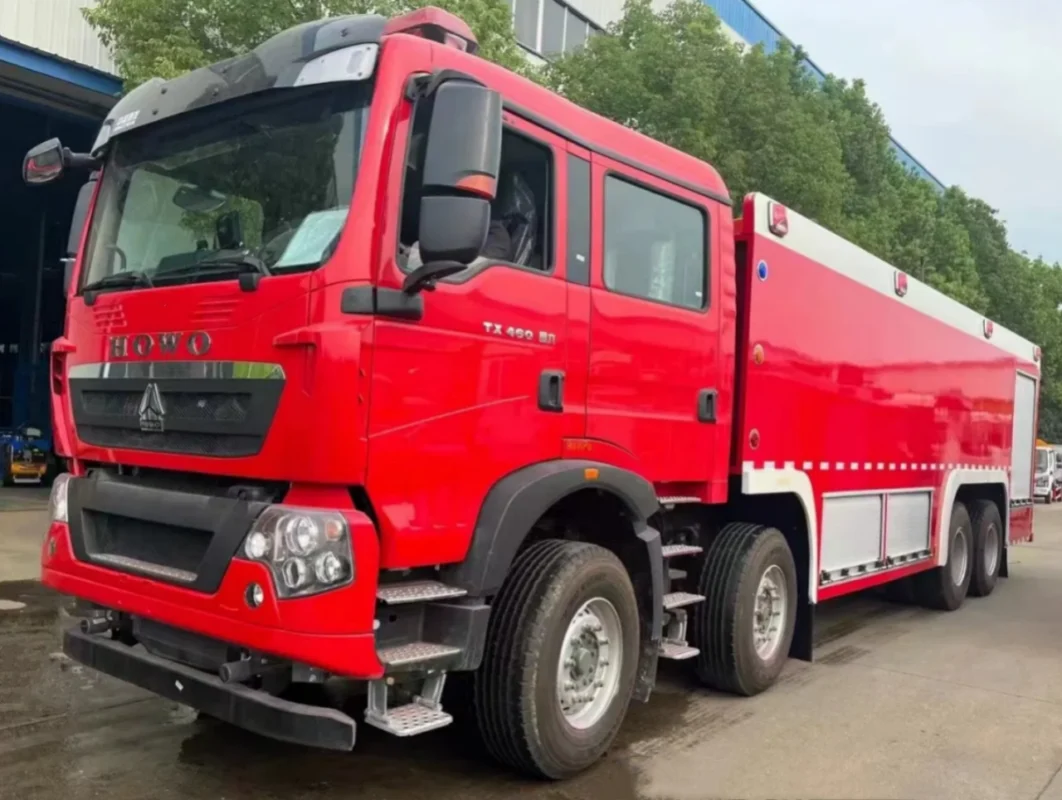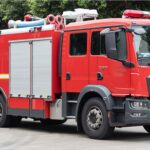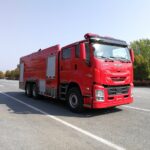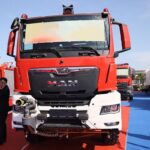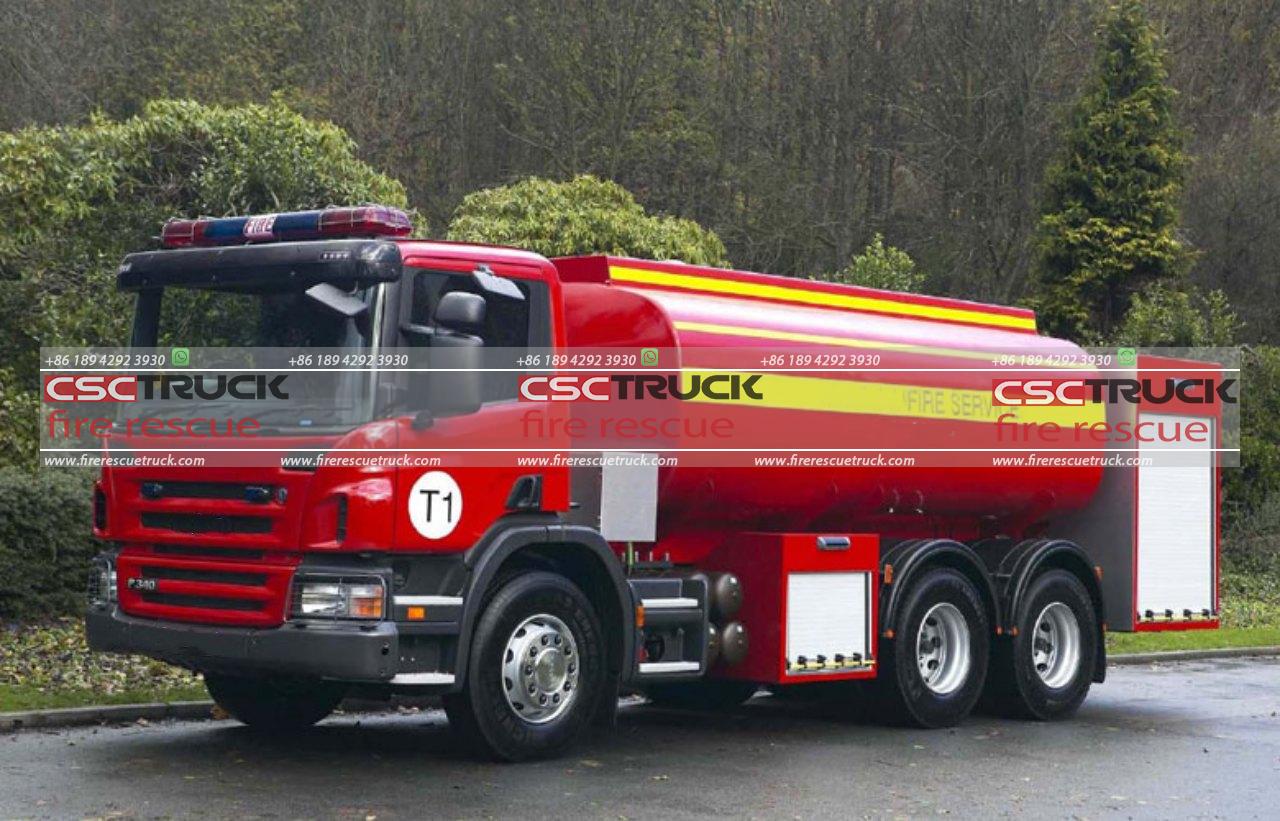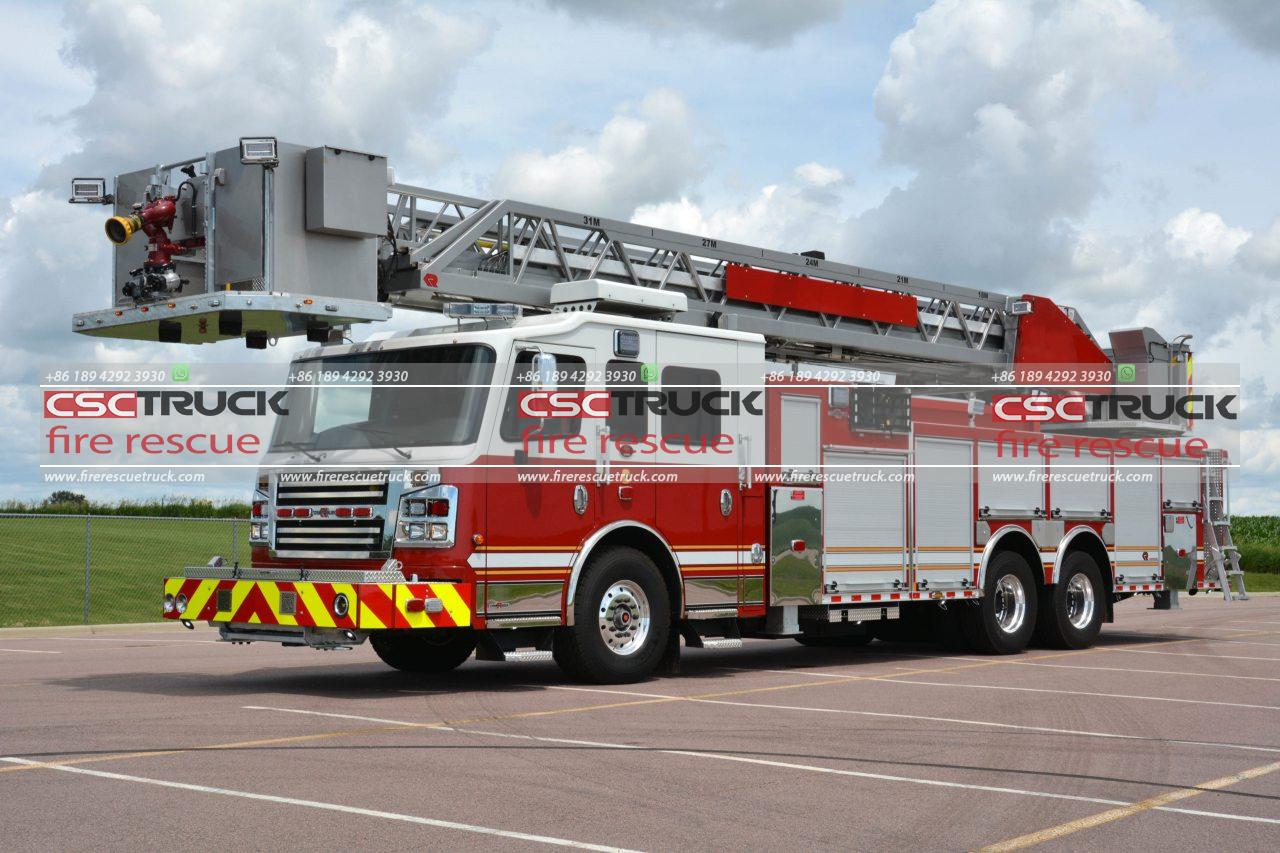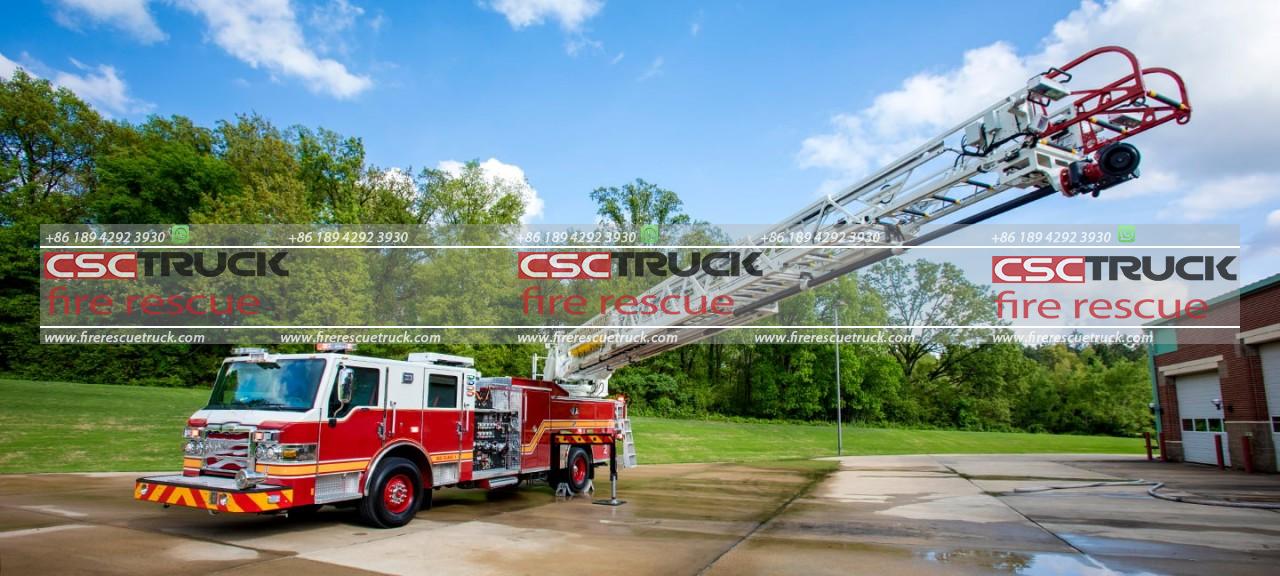Introduction
A pumper tanker, also known as a tanker pumper or tender pumper, is a specialized fire apparatus that combines the capabilities of a fire pumper truck and a water tanker. These vehicles are designed to transport and supply large volumes of water to fire scenes, particularly in areas where fire hydrants or other water sources are not readily available. Pumper tankers play a crucial role in rural firefighting operations, large-scale fire incidents, and emergency water supply scenarios.
Design and Functionality
A pumper tanker is built on a robust chassis capable of carrying both a sizable water tank and a powerful fire pump. The key components of a pumper tanker include:
1. Water Tank
The primary function of a pumper tanker is to carry a significant amount of water, which can range from 1,000 to 5,000 gallons (3,785 to 18,927 liters) or more. The water tank is usually constructed from corrosion-resistant materials like polypropylene, stainless steel, or fiberglass-reinforced plastic (FRP) to ensure longevity and durability.
2. Fire Pump
Unlike standard water tankers, a pumper tanker is equipped with a fire pump, which allows it to function as a standalone firefighting unit. Fire pumps on pumper tankers typically have capacities ranging from 750 to 2,000 gallons per minute (GPM). These pumps enable the vehicle to supply water directly to fire hoses or relay it to other apparatus.
3. Hose Storage and Deployment
Pumper tankers are equipped with hose storage compartments to carry various types of hoses, including attack lines, supply lines, and large-diameter hoses (LDH). These hoses allow firefighters to quickly establish water supply lines and direct water onto the fire.
4. Pump Panels and Controls
Modern pumper tankers feature user-friendly pump panels that allow firefighters to control water flow, pressure, and distribution. These panels may include digital displays, pressure gauges, and valve controls for efficient water management.
5. Drafting Capabilities
Many pumper tankers are equipped with drafting capabilities, allowing them to draw water from natural sources such as lakes, rivers, and ponds. This feature is essential in rural areas where hydrant systems are not available.
6. Drop Tanks
Some pumper tankers carry portable drop tanks, which can be deployed at the fire scene to create a temporary water reservoir. These collapsible tanks allow water to be offloaded quickly, enabling continuous water supply operations.
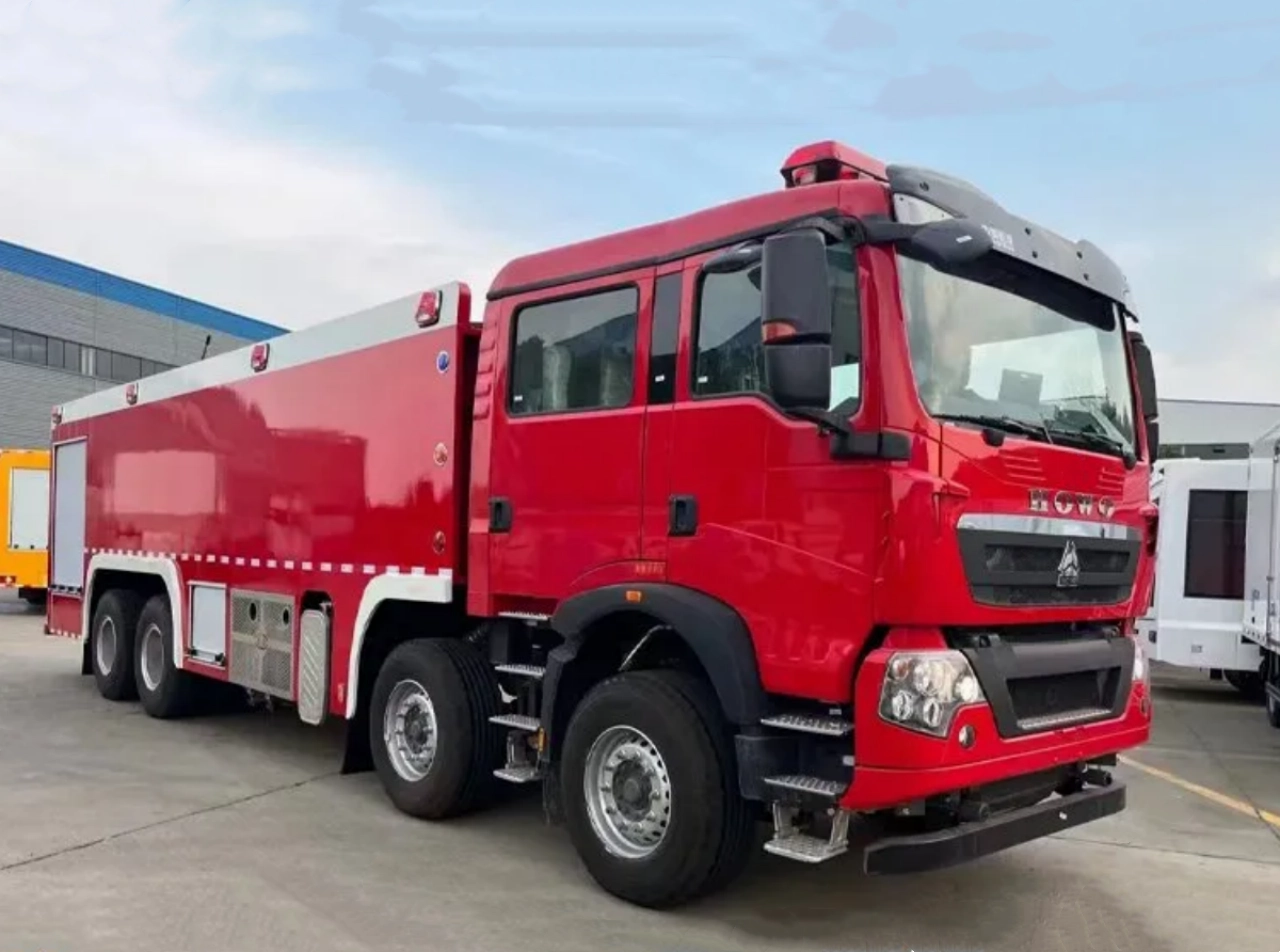
Advantages of Pumper Tankers
Pumper tankers offer several advantages over traditional fire trucks and standalone water tankers:
- Enhanced Water Supply – By carrying large amounts of water, pumper tankers ensure an uninterrupted water supply in remote locations.
- Pump Capability – Unlike regular tankers, they can directly supply water to hoses and other firefighting equipment without needing an additional pumper unit.
- Versatility – These vehicles can serve multiple roles, including initial attack, water relay operations, and rural firefighting.
- Improved Efficiency – The ability to both transport and pump water reduces response time and enhances firefighting efficiency.
- Reduced Dependence on Hydrants – Pumper tankers are ideal for areas with limited or no hydrant infrastructure.
Applications of Pumper Tankers
Pumper tankers are widely used in various firefighting scenarios, including:
- Rural and Wildland Firefighting
- Many rural areas lack an established hydrant network, making pumper tankers essential for delivering water to the fire scene.
- Wildland firefighting operations often require water transportation to remote locations where natural water sources may not be sufficient.
- Municipal Firefighting
- Urban fire departments use pumper tankers to supplement the water supply in large-scale fires, high-rise firefighting, or industrial incidents.
- They can also provide additional water support in situations where municipal water pressure is insufficient.
- Industrial and Oil Refinery Firefighting
- Industrial sites and oil refineries often require large amounts of water for fire suppression. Pumper tankers can help supply the needed water for foam or other extinguishing agents.
- Disaster Response and Emergency Water Supply
- Pumper tankers play a crucial role in disaster response efforts, including supplying emergency water to affected communities during natural disasters such as hurricanes, earthquakes, and floods.
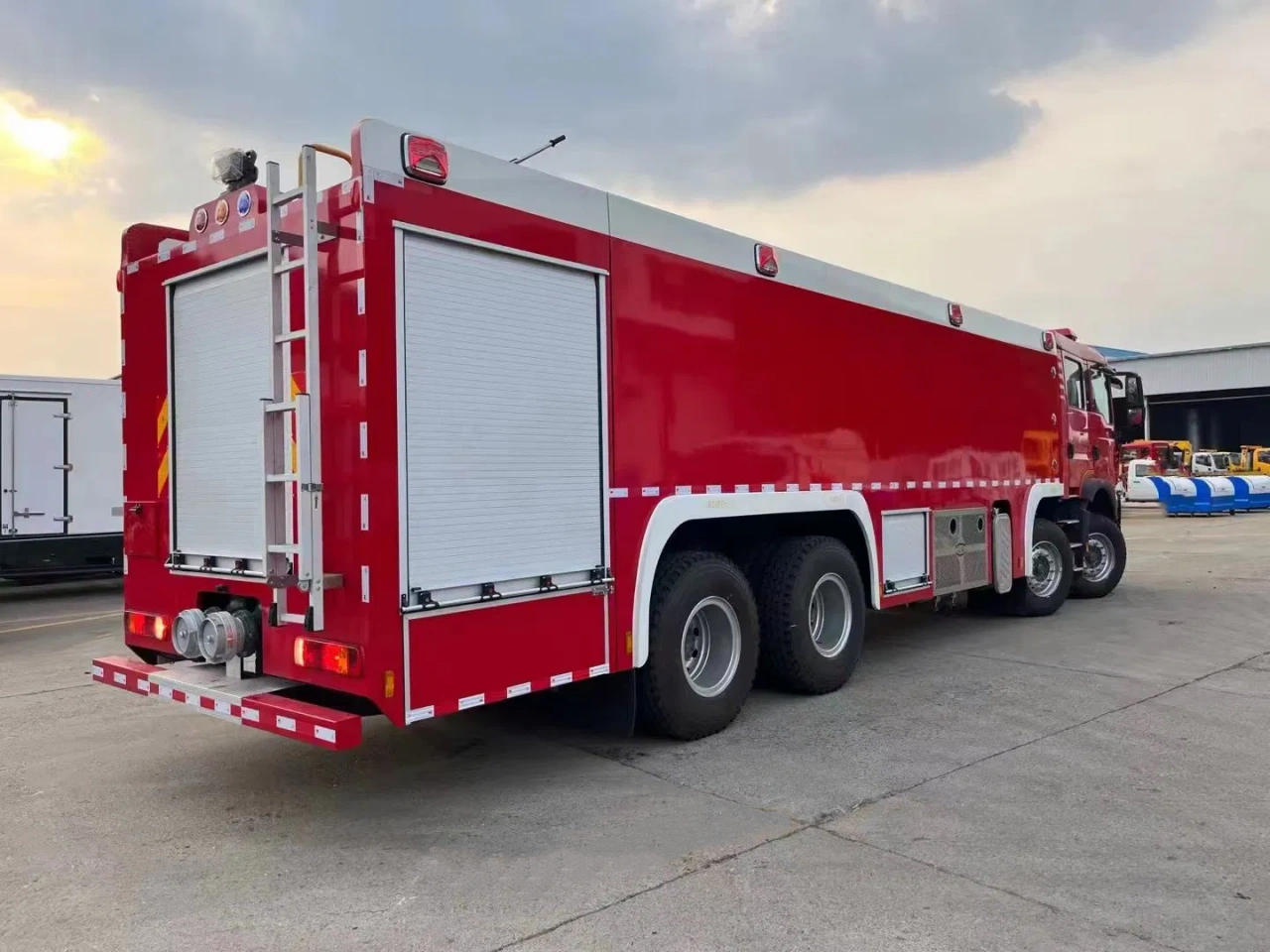
Differences Between Pumper Tankers and Other Fire Apparatus
Pumper tankers share similarities with other fire trucks but differ in key aspects:
- Pumper Truck vs. Pumper Tanker
- A pumper truck (or fire engine) is primarily designed for firefighting and rescue operations, equipped with a pump, hoses, and an onboard water tank (usually 500–1,000 gallons).
- A pumper tanker carries a much larger water tank, making it more suitable for areas without hydrants.
- Water Tanker vs. Pumper Tanker
- A water tanker (or water tender) is designed solely for water transport, without a fire pump.
- A pumper tanker combines the water-carrying capability of a tanker with the pumping ability of a fire engine.
- Aerial Ladder Truck vs. Pumper Tanker
- Aerial ladder trucks are specialized for high-rise firefighting and rescue operations, featuring extendable ladders and elevated water streams.
- Pumper tankers focus on water transport and supply rather than vertical firefighting operations.
Considerations When Purchasing a Pumper Tanker
Fire departments and emergency response agencies consider several factors when selecting a pumper tanker:
- Water Capacity – The required water capacity depends on the coverage area and fire risks.
- Pump Size and Flow Rate – The pump’s GPM rating should align with expected fire suppression needs.
- Chassis and Maneuverability – The vehicle’s chassis should be suitable for the terrain and road conditions in the coverage area.
- Drafting and Offloading Features – These capabilities enhance water sourcing and supply efficiency.
- Customization Options – Fire departments may require specialized features such as foam systems, additional hose storage, or rapid dump valves.
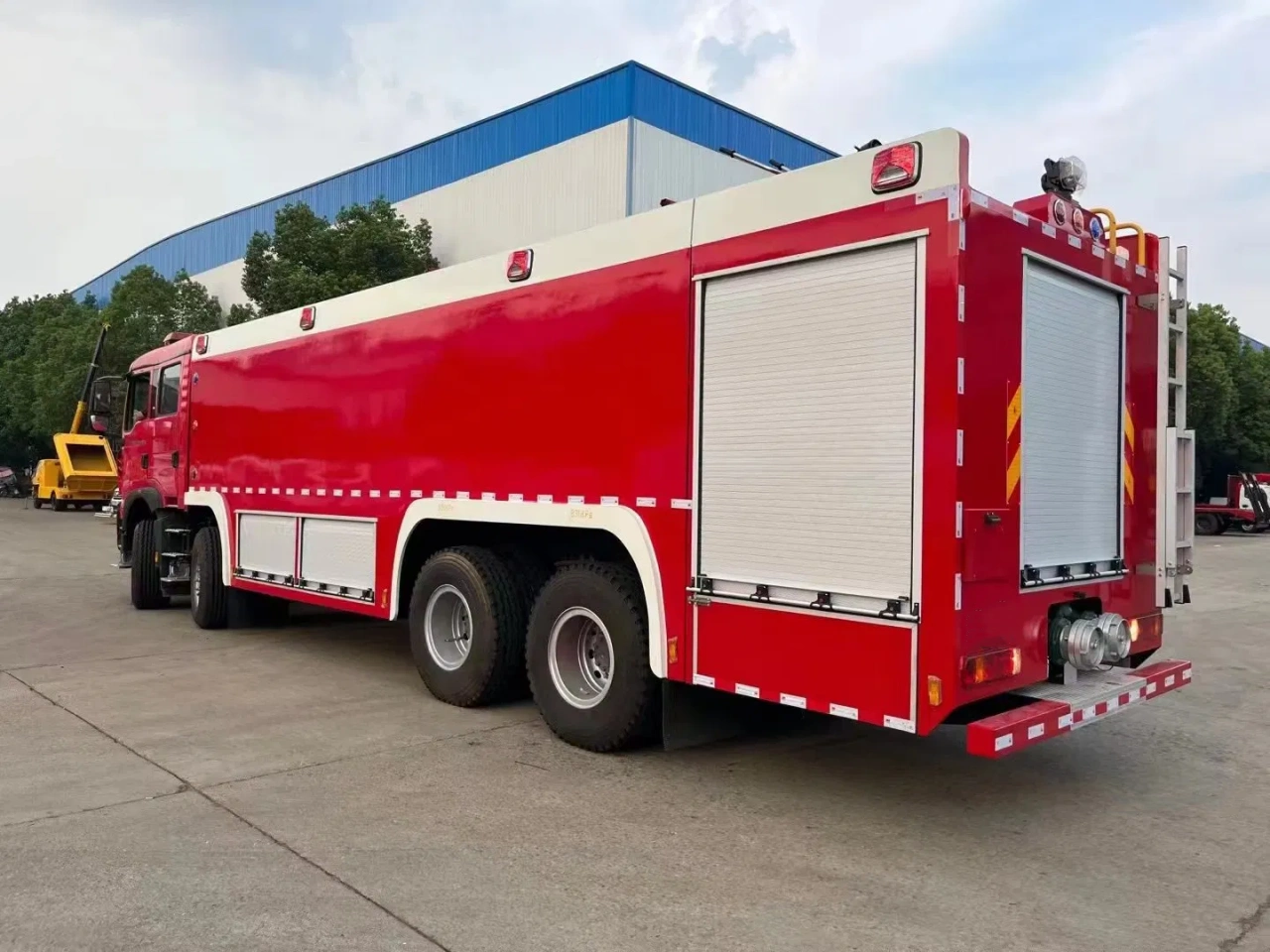
Conclusion
A pumper tanker is an invaluable asset in firefighting operations, particularly in rural and industrial settings where water supply is a challenge. By combining water transport and pumping capabilities, these vehicles enhance firefighting efficiency, reduce response time, and provide crucial support in emergencies. Fire departments worldwide rely on pumper tankers to ensure they have the necessary resources to combat fires effectively, making them a key component of modern firefighting fleets.
